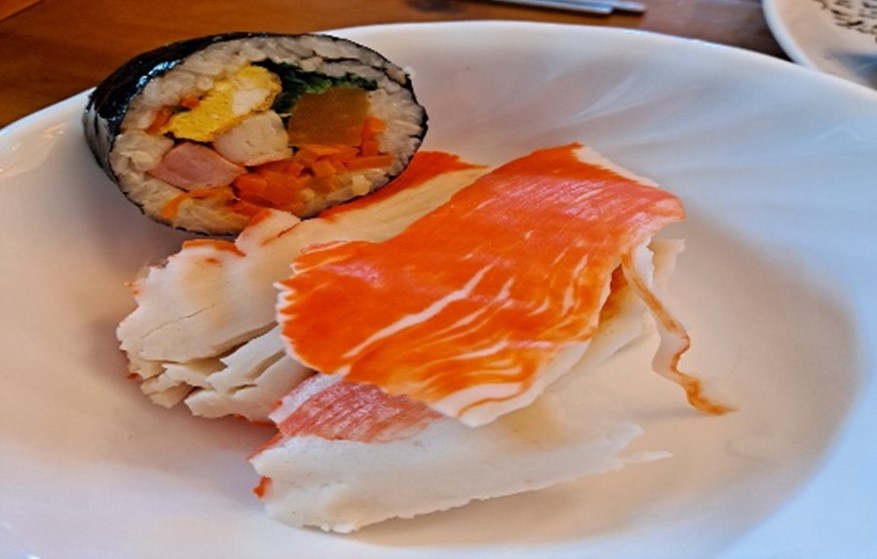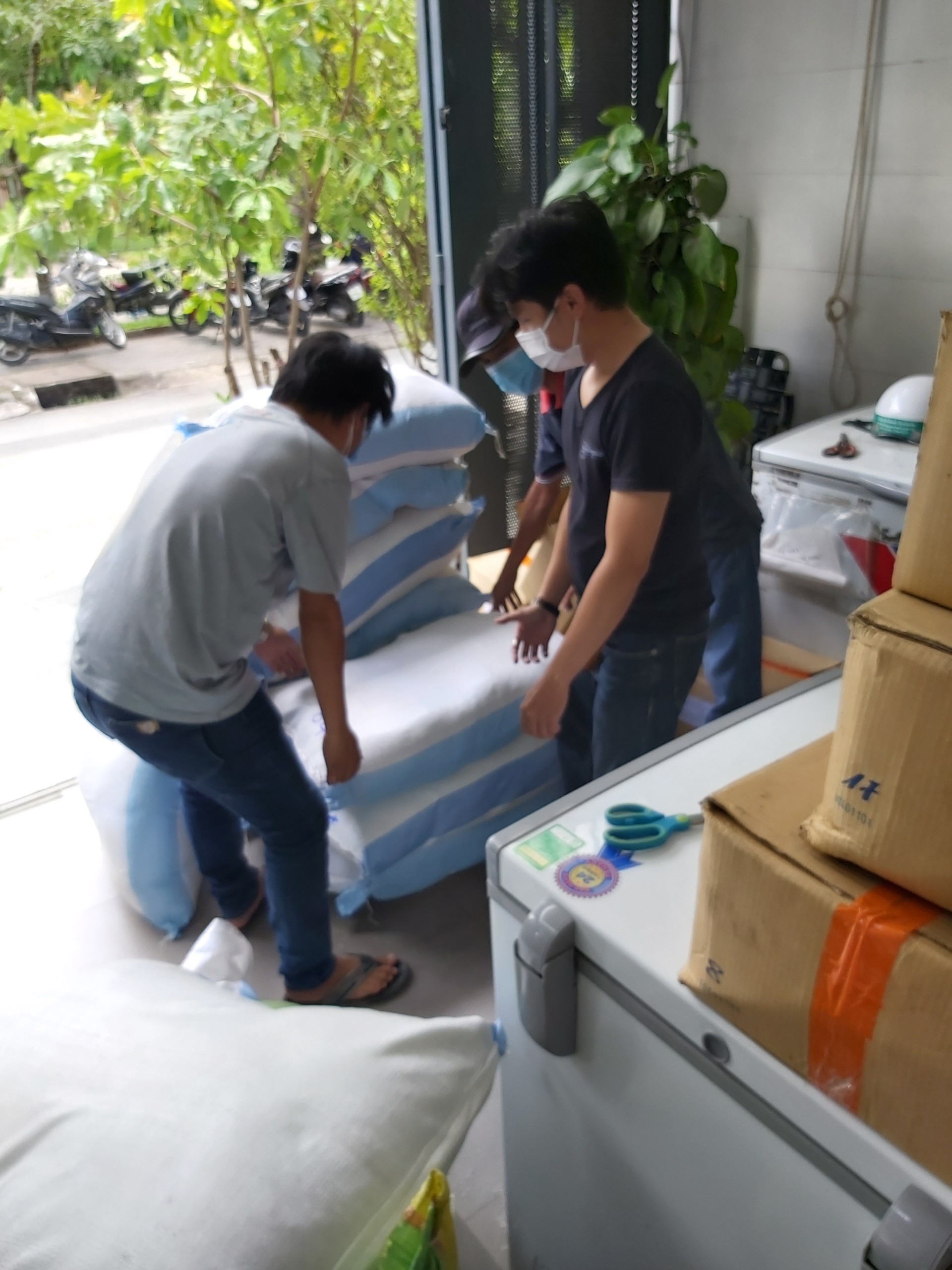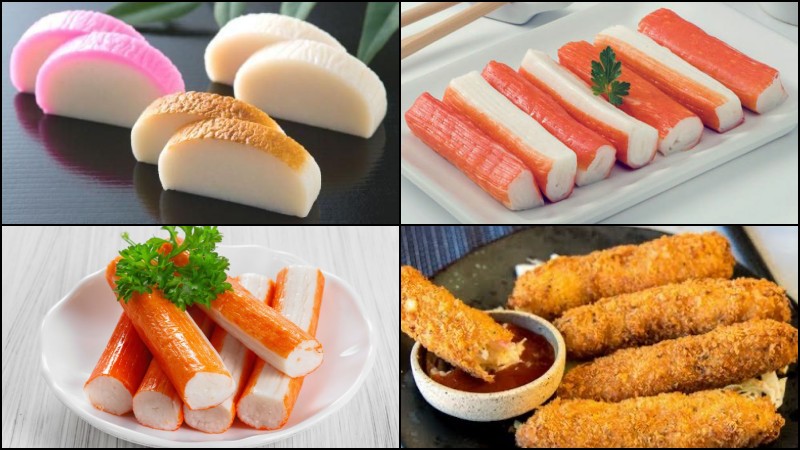
What is a crab stick and should you eat it?
There are many people who have been eating “fake crab” even though they don’t realize it. The crab stick has grown in popularity over the past few decades and is commonly found in seafood salads, crab cakes, and California sushi rolls. Most “fake crab” dishes are made from processed fish meat. However, many people still wonder what crab sticks are made of and if it is safe to use.
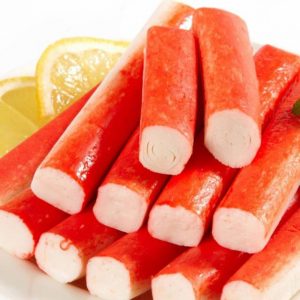
1. What is crab stick?
Imitation crab is made from surimi – fish meat that has been removed, washed to remove fat and unwanted meat, and then minced into a paste. This paste is mixed with other ingredients before being heated and pressed into a shape that mimics crab meat.
Although imitation crab is made from seafood, it usually doesn’t contain crab – except for a small amount of crab extract that is sometimes added for flavor.
In Japan, products that are not real crabs need to be packaged and labeled according to government regulations, often with distinguishing labels such as “fake crab”, “seafood” with crab flavor” or “seafood surimi”. “
2. Nutrition from crab stick and real crab meat
Below is a table comparing the nutritional value between 85grams of crab stick and the same amount of Crabmeat Alaska.
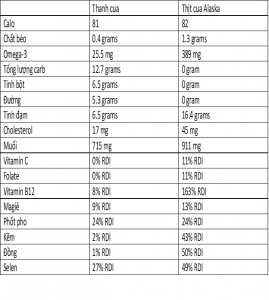
While both have roughly the same number of calories, 61% of the calories in the crab stick come from carbs, while 85% of the calories from Alaskan crab meat come from protein – no carbs.
Compared to fake crab, real crab also has a significantly higher amount of vitamins and minerals than crab sticks – including vitamin B12, zinc, Omega-3 acids and selenium.
3. Diversity in production materials
The main ingredient in crab sticks is surimi – processed fish meat, which typically comprises 35% to 50% of the product by weight.
Other key ingredients in crab sticks include:
- Water: this is the second main ingredient in imitation crab, water is an essential ingredient for crab stick products to have the right texture and control product costs.
- Starch: Potato, wheat, corn or tapioca starch are commonly used to give structure and shape to crab sticks. However, some products are used too much starch to cut production costs, the product will have a soft and sticky texture.
- Protein: Protein from egg whites is the most common ingredient, but other protein sources, such as soybeans, can be used. These protein sources help improve the texture, color and shine of crab sticks.
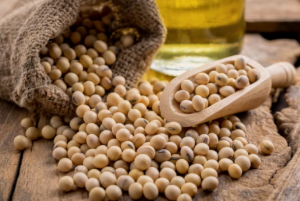
- Sugar and sorbitol: These substances help the product to keep in the frozen environment and give the product a sweet taste.
- Vegetable Oils: Sunflower, soybean, or other vegetable oils are sometimes used to improve texture, color, and shelf life when making crab sticks.
- Salt (sodium chloride): In addition to adding flavor, salt helps minced fish form a hard texture.
After combining the above ingredients with other preservatives and additives, the mixture is cooked and pressed into crab-like shapes, as well as vacuumed and pasteurized to kill harmful bacteria before being sold. to the market.
4. Colorants, Preservatives and Additives
A number of additives, including harmful ones, are often added to crab sticks to get the desired color, flavor and stability.
Common additives in crab sticks include:
- Food gum: This ingredient helps the ingredients in the crab stick stick together and stabilize the product. Similar to the gum in chewing gum.
- Colorant: Carmine – extracted from tiny bugs called cochineal – is widely used to give crab sticks a red color. Paprika, beet juice extract and lycopene from tomatoes can also be used in place of Carmine.
- Glutamate: Monosodium glutamate (MSG) and a similar compound, disodium inosinate, act as flavor enhancers.
- Other flavorings: May include real crab extract, artificial crab flavoring, and mirin (fermented rice wine).
- Preservatives: Sodium benzoate and some phosphate-based additives are frequently used to extend the shelf life of products.
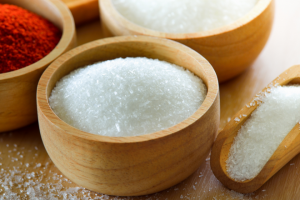
While generally recognized as safe by the FDA, some of these additives have been linked to health problems. For example, MSG may cause headaches in some people, while carrageenan has been linked to intestinal damage and inflammation in animal and test-tube studies.
What’s more, studies show that phosphate additives can lead to kidney damage and an increased risk of heart disease —in part, high phosphate residues from additives can damage blood vessels.
5. Benefits of using crab stick
There are a number of reasons why crab sticks have become such a popular food. In which, the cost of the product must be mentioned, which is about 1/3 of the cost of real crab meat.
Crab stick is also a convenient side dish, as it can be added to dishes without any additional preparation. Some crab stick products can be used as an instant dish. Users can easily find crab sticks in the frozen section of stores. Since the crab stick is pre-cooked before packaging, users can use it directly for cold dishes, such as salads, or add to hot dishes such as soups or hotpots.
6. Downside of using crab stick
The production and processing of crab sticks can be harmful to the environment. Especially, illegal fishing and fishing in large quantities cause imbalance in the marine environment. Moreover, the process of cleaning and coloring crab stick products creates a large amount of processing waste into the environment.
In addition, crab stick products include many different ingredients, including seafood products. This can increase the incidence of poisoning or food allergies. Especially for brands that do not have complete ingredients and nutritional information on product packaging. Crab stick may contain allergenic ingredients such as fish, crab extract, egg and wheat.
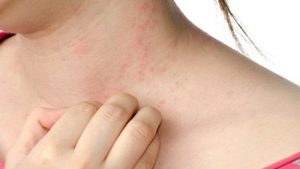
Source: Vinmec.com
Reference articles Healthline.com

